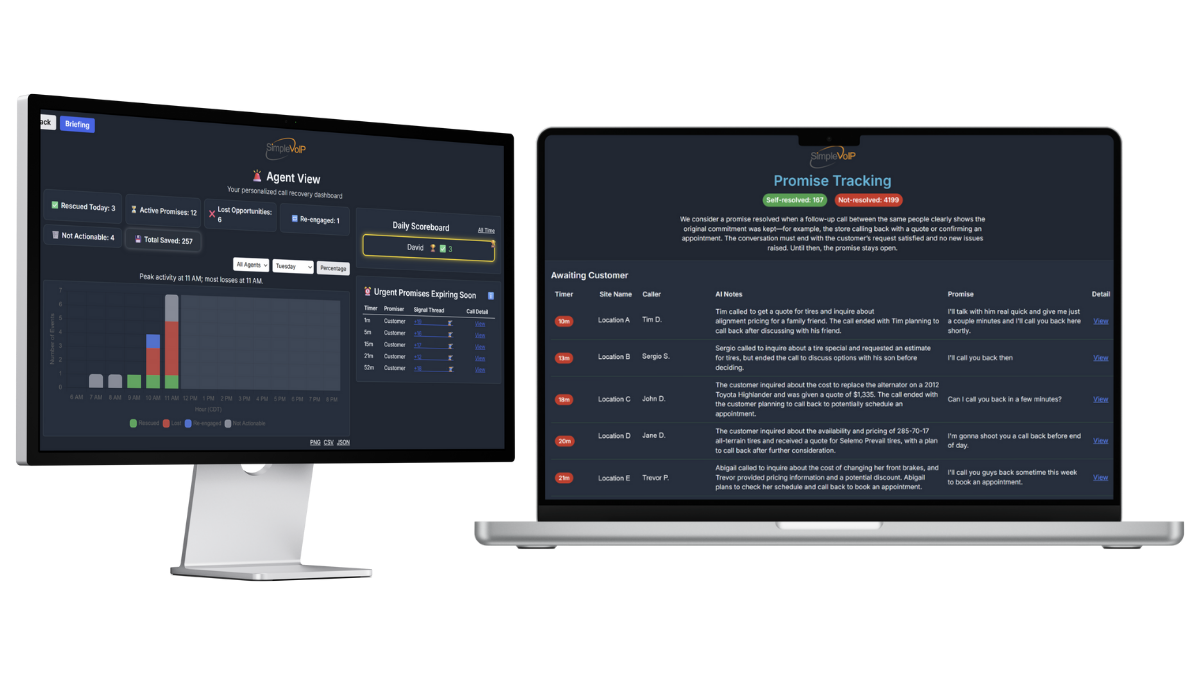Managing telecom expenses across multiple locations can be daunting, especially for big box retailers and multisite grocery chains. Traditional Unified Communications as a Service (UCaaS) models, with their per-device pricing and complex contract structures, often lead to inflated costs and management headaches.
Recognizing these challenges, SimpleVoIP has introduced a game-changing solution: our Concurrent Call Path Pricing Model. This innovative approach is tailor-made to streamline telecom services, offering flexibility, cost efficiency, and simplicity.
The Drawbacks of Traditional UCaaS Models
Traditional UCaaS models tie each telecom device to individual contracts, resulting in a complex web of device-specific taxes and fees. This makes scaling and adjustments cumbersome and significantly inflates telecom expenses for businesses.
High Costs
Traditional UCaaS pricing models, which charge per device, can significantly inflate operational costs for grocery chains and big box retailers. Each device—be it a phone, fax machine, or scanner—requires its own contract, accumulating substantial expenses as the number of devices increases. This model can quickly become unsustainable, especially for businesses operating on thin margins or undergoing rapid expansion, where the addition of new devices is frequent and necessary for operations.
Complexity in Scaling
Scaling operations up or down based on seasonal demands or expansion plans is a cumbersome process under traditional UCaaS models. Each adjustment requires renegotiating contracts or adding new ones for each device, leading to operational delays and potential service disruptions. This complexity hinders agility and responsiveness, making it challenging for retailers to adapt to market changes or customer demands efficiently.
Inflexible Contracts
The nature of traditional UCaaS contracts, tied to individual devices, can severely limit a business’s flexibility. These long-term commitments can lock businesses into services that may no longer meet their evolving needs, forcing them to continue paying for outdated or unnecessary technology. This rigidity makes it difficult to pivot strategies, explore new technologies, or optimize operations without incurring significant penalties or undergoing complex contractual negotiations.
Administrative Burden
Managing a vast array of individual contracts and services for numerous devices across multiple locations places a heavy administrative burden on businesses. It requires dedicated resources for contract management, billing reconciliation, and service adjustments, diverting valuable time and attention away from core business activities. This administrative overhead can be particularly taxing for businesses with limited operational staff, detracting from efforts to improve customer service or pursue growth opportunities.
SimpleVoIP’s Solution: Flexibility and Savings
SimpleVoIP’s model charges for concurrent call paths rather than individual devices, allowing businesses to use a minimum set of call paths for unlimited devices. This model mirrors the flexibility of traditional PBX/SIP systems but with the added benefits of cloud-based services. It’s a strategy that reduces overhead costs, simplifies telecom management, and applies taxes only to the call paths, making financial planning more straightforward.
Cost Efficiency
SimpleVoIP’s model significantly reduces telecom expenses by charging for concurrent call paths instead of per device. This structure means businesses can support an unlimited number of devices with a fixed number of call paths, streamlining costs and eliminating the need for individual device contracts, leading to substantial savings, especially for expanding operations.
Scalability and Flexibility
Our Concurrent Call Path Pricing Model offers unparalleled scalability and flexibility, allowing businesses to easily adjust their telecom services to match fluctuating demands without the hassle of renegotiating contracts. This model supports rapid expansion or scaling back as needed without incurring extra costs or administrative burdens.
Simplified Management and Administration
This pricing model simplifies the telecom management process, reducing the administrative load associated with handling numerous device-specific contracts. Businesses can streamline operations by focusing on call paths, making it easier to add or remove devices without complex contractual adjustments or financial penalties.
Cost Predictability and Financial Planning
With charges applied to call paths rather than individual devices, businesses benefit from greater cost predictability, facilitating more accurate budgeting and financial planning. This model provides clear insights into telecom expenses, allowing for strategic resource allocation and financial management.
Benefits for Multisite Grocery Chains and Big Retailers
- Scalability: Easily scales telecom services across multiple locations without needing individual device contracts.
- Cost Efficiency: Significantly reduces telecom expenses by charging for call paths instead of devices, freeing up capital for other investments.
- Simplified Management: Streamlines telecom infrastructure management across various sites, enabling easy adjustments without additional costs
- Enhanced Communication: Supports centralized customer service and inventory management, improving staff coordination through unified communications.
SimpleVoIP’s Concurrent Call Path Pricing Model offers a cost-effective, flexible, and simple solution for big box retailers and multisite grocery chains. By addressing the specific challenges these businesses face, SimpleVoIP promises substantial savings and enhances operational efficiency and communication. This model represents a significant step forward in telecom management, providing a scalable and efficient strategy that meets the dynamic needs of today’s retailers. If you’d like to learn more about this pricing model, please reach out, and we can provide you a free consultation.




